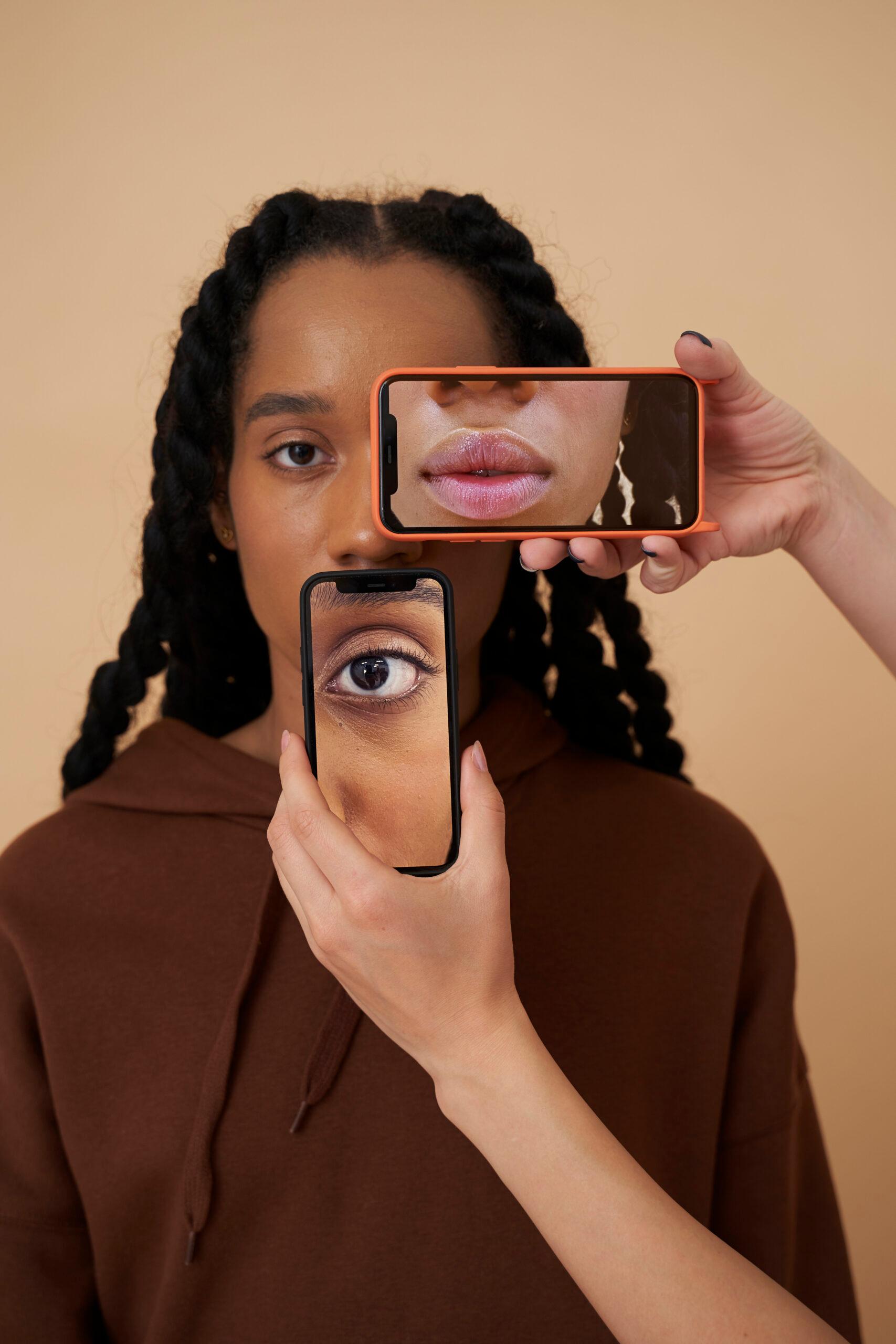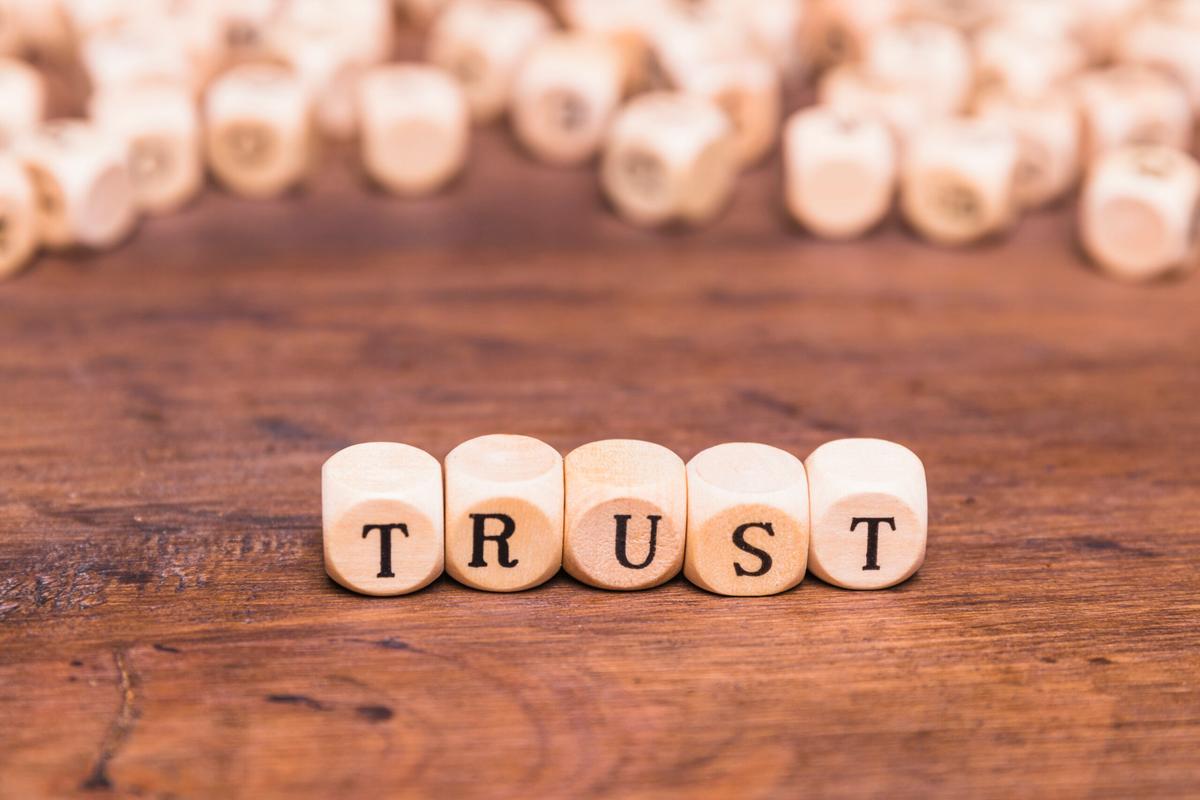How UGC (User-Generated Content) Helped Nigerian Brands Grow: 2025 Case Studies

Marketing in 2025 is no longer a one-way street where brands talk and customers listen. Today, audiences want to participate, share their opinions, and even create the stories that shape a brand’s image.
This is where user-generated content (UGC) shines. In Nigeria, several companies have launched impactful UGC campaigns, with case studies showing how customer voices can drive real growth.
This article explores what UGC is, why it matters in the Nigerian market, and how brands like Indomie, Guinness, Jumia, and MTN turned ordinary customers into viral storytellers.
What Exactly Is User-Generated Content?
User-generated content refers to photos, videos, reviews, memes, testimonials, or any piece of media created by customers instead of the brand itself. A user generated content campaign invites consumers to share authentic experiences with a product or service usually on social media, so other potential buyers can see real people enjoying the brand.
Why are these campaigns so effective?
-
Authenticity builds trust. People trust other consumers more than slick advertisements.
-
Low-cost marketing. UGC reduces production expenses while delivering content that resonates.
-
Community engagement. Customers feel valued when their content is featured by a brand.
No wonder so many user generated content campaign case studies show remarkable engagement and revenue growth.

Why Nigerian Brands Are Turning to UGC
Nigeria has over 30 million active social media users and one of the fastest-growing internet populations in Africa. Smartphones, affordable data plans, and a culture that loves humor and storytelling make the country perfect for UGC marketing. Key factors driving adoption include:
-
Social media virality. Nigerian Twitter and TikTok thrive on trends and memes.
-
Youthful population. Over 60% of Nigerians are under 30, and young users love interactive campaigns.
-
Cost effectiveness. For small and large brands alike, UGC is cheaper than big-budget ad shoots.
-
Cultural pride. Nigerians enjoy campaigns that allow them to show creativity and personal style.
Because of these factors, marketers often study Nigerian UGC campaign case studies before launching new products.
Case Study 1: Indomie Nigeria – #MyIndomieMyStyle
Indomie has dominated Nigeria’s instant noodles market for decades, but staying relevant requires constant innovation. To connect with a younger, social-media savvy audience, the brand launched #MyIndomieMyStyle.
Suggested read: Daily Tasks Apps Nigeria: 10 Best Platforms to Earn Money Online
-
Campaign Idea: Fans were asked to share photos and short videos of their unique Indomie recipes.
-
Execution: Entries were posted on Instagram, Facebook, and Twitter with the hashtag #MyIndomieMyStyle.
-
Results: Thousands of posts flooded social platforms, generating millions of impressions and keeping the brand top of mind.
This case study of a user-generated content campaign in Nigeria shows that even established brands can stay fresh by letting customers showcase their creativity.
Case Study 2: GuinnessNigeria-#MadeOfBlack
Guinness Nigeria’s #MadeOfBlack campaign celebrated individuality and self-expression.
-
Concept: Users created videos, poems, or artwork that showed what “Made of Black” meant to them.
-
Execution: The campaign ran across TV, billboards, and social media, encouraging fans to share personal interpretations of strength and pride.
-
Outcome: The hashtag trended for weeks, earning millions of interactions and reinforcing Guinness as a bold, youth-focused brand.
Marketers often highlight this example when discussing user generated content campaign case studies because it successfully blended culture, identity, and marketing.
Case Study 3: Jumia Nigeria – #JumiaBlackFriday
E-commerce giant Jumia wanted to build excitement around its annual Black Friday sale.
Its strategy? A user-generated content challenge.
-
Campaign Idea: Customers posted unboxing videos, deal reviews, and shopping hacks with the hashtag #JumiaBlackFriday.
-
Execution: Jumia rewarded the most creative posts with vouchers and exclusive discounts.
-
Results: Thousands of authentic product reviews circulated online, driving record-breaking sales and increased trust among new shoppers.
This case study shows how UGC can directly convert engagement into revenue.
Case Study 4: MTN Pulse – #NoChillZone
MTN Pulse, a youth-centric mobile plan, launched #NoChillZone to capture the playful spirit of Nigerian Gen Z.
Suggested read: Top-Rated Surveys That Pay ₦2000 in Nigeria: Discover Trusted High-Paying Platforms
-
Campaign Idea: Encourage memes, dance videos, or comedy skits showing how MTN Pulse keeps life exciting.
-
Execution: Participants shared TikTok and Twitter videos for a chance to win free data bundles.
-
Impact: The challenge went viral on TikTok, boosted subscriptions, and strengthened MTN’s youth-friendly image.
Among all user-generated content campaign case studies in Nigeria, MTN Pulse stands out for using humor to engage a tough-to-impress demographic.”
Key Lessons from Nigerian UGC Campaigns
Analyzing these user generated content campaigns reveals five critical success factors:
-
Simple, fun tasks. A clear challenge encourages mass participation.
-
Catchy hashtags. Easy-to-remember tags drive discoverability.
-
Enticing rewards. Even small incentives like shout-outs or data bundles spark engagement.
-
Cross-platform promotion. Campaigns work best when amplified on Instagram, TikTok, Twitter, and offline media.
-
Active brand participation. Featuring user posts and replying to comments keeps momentum alive.
These lessons show why Nigerian marketers rely heavily on UGC strategies to cut through crowded digital spaces.
How to Launch Your Own UGC Campaign in Nigeria
Inspired by these success stories? Here’s how to create a winning user generated content campaign:
-
Set a clear goal. Do you want brand awareness, sales, or community growth?
-
Know your audience. Tailor the theme to your target demographic’s humor, interests, and language.
-
Choose the right platform. TikTok works well for video challenges, while Instagram excels for photo entries.
-
Create irresistible incentives. Discounts, freebies, or even public recognition motivate users.
-
Monitor and curate. Highlight the best user submissions to inspire more participation.
-
Measure impact. Track engagement rates, follower growth, and conversion metrics to gauge ROI.
By following these steps, you can replicate the success of the UGC campaign case studies discussed above.
Future Outlook: UGC as the Heart of Nigerian Marketing
The Nigerian digital landscape is only getting bigger. With millions of young, mobile-first users and increasing internet penetration, UGC will remain one of the most powerful marketing tools for years to come.
In Nigeria, brands across fintech, fashion, entertainment, and politics are finding innovative ways to create the next viral UGC campaign.
Conclusion
From Indomie’s recipe challenge to Guinness’s cultural celebration, these user generated content campaigns prove one undeniable truth: customers are the best marketers.
By giving users the platform and motivation to create, Nigerian brands achieve not only higher engagement but also deeper trust and loyalty. Whether you’re a small startup or a household name, it’s time to invite your audience to tell your story and maybe your campaign will become the next great case study.
Related Posts

How to Build Trust with Survey Respondents in Nigeria: 10 Practical Tips
In today’s data-driven world, surveys are one of the fastest ways for Nigerian brands to understand customer needs. Whether it’s […]

Daily Tasks Apps Nigeria: 10 Best Platforms to Earn Money Online
Daily task apps are one of the easiest ways for Nigerians to earn extra income online. Whether you’re a student, […]

Top-Rated Surveys That Pay ₦2000 in Nigeria: Discover Trusted High-Paying Platforms
Surveys are one of the easiest and most flexible ways to make extra cash online. Instead of long hours or […]
